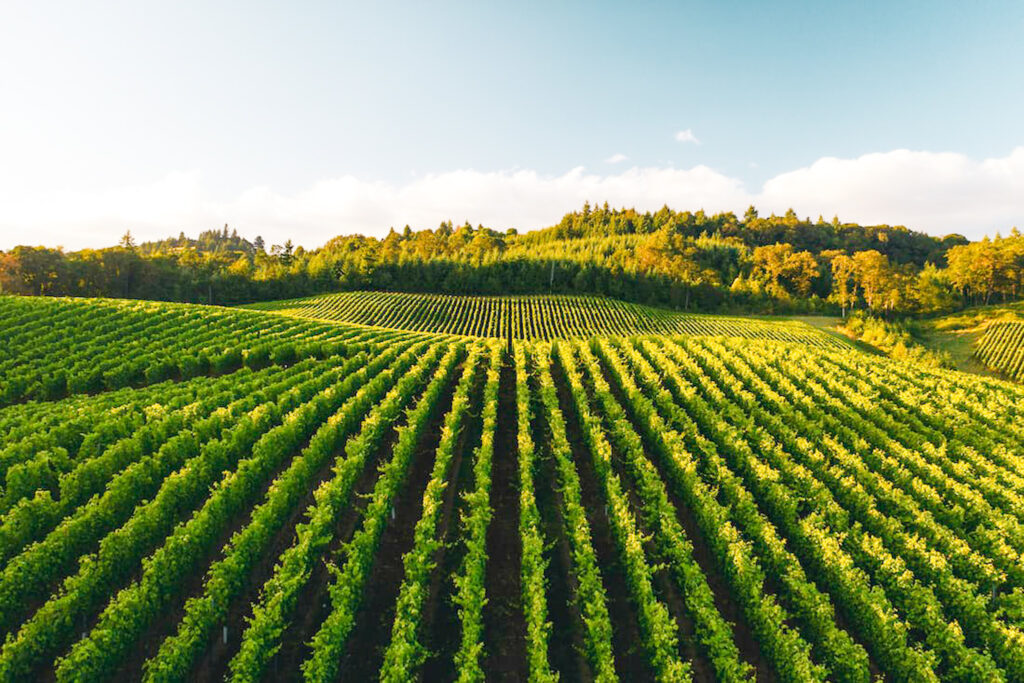I personally find the world of wine to be captivating and sophisticated, however getting into it can be quite intimidating because of all the jargon involved. Dear wine lover, have no fear. This quick guide will introduce you to some fundamental wine vocabulary that will help you to better navigate your way, appreciate and understand the complexities of this delightful beverage called wine.

- Variety: Refers to the grape used in the making of a specific wine (example Chardonnay grape, Pinot Noir grape). Different grape varieties contribute distinct flavours and characteristics to a wine.
- Varietal: A wine is called a varietal when there is one dominant grape used in the wine making process (at least 85% of the grape), and would then bear the name of that grape eg Cabernet Sauvignon and Chardonnay are both varietal wines.
- Blend: A wine is a blend when there is no dominating grape or when two or more grape varieties are mixed in the wine making process.
- Dry vs Sweet: Dry wines have very little sugar left in them, while sweet wines have a noticeable amount of sugar left during the wine making process, this as a result of the fermentation duration. The longer a wine is left to ferment, the more sugar it loses and the drier it will become.
- Acidity: What causes a wine to be tart, resulting in the wine being crisp and refreshing. Wines with a higher acidity are usually tangy/sour, whereas wines with a lower acidity are much softer on the palate.
- Body: The body of a wine refers to how heavy or rich it feels in your mouth. Terms used to describe the body of a wine are light, medium, or full-bodied. Think of it as the difference between fat free yoghurt, full cream and double cream.
- Terroir (ter-wah): French term meaning the complete natural environment where wine grapes are grown (which will influences a wine’s flavour and sometimes even the quality). These factors include the climate of an area, the soil and topography. Think of how a wine produced in Stellenbosch, South Africa will taste different to a wine produced in the Bordeaux region of France even though they’re made from the exact same grape variety.
- Aroma and Bouquet: The aroma is the initial scent of a wine, usually associated with or comes from the grape itself, and can be detected when a wine is poured or swirled. The bouquet is a scent which develops as a wine ages, and is influenced by the wine making process eg the type of oak used in aging.
- Nose: The smell that comes from the wine.
- Finish: The lingering taste and sensation you experience after swallowing a wine or how long the taste lasts. A long finish is often considered a sign of a high-quality wine.
- Legs: The streaks of wine that form down the inside of a glass as the wine is swirled around. More legs indicate a high alcohol content and thus a fuller body.
- Oak: Barrels made of oak wood, that are used to store wine during the aging process. Many characteristics of the oak that is used (such as the age and type of oak) will have various influences on the wine produced.
- Vintage: The year in which the grapes were harvested (the specific wine was made only from grapes produced that year). Wine bottles are labelled with the year of harvest e.g. “Merlot 2018”. This is done because some years are better than others due to weather conditions, which would usually have an impact on the wine’s quality.
- Decanting: Pouring wine from the bottle into a decanter, to allow the wine to breathe and develop its aromas before serving. Decanting is especially useful for older wines.
- Sommelier (suh-meh-lee-ay): A trained wine professional usually in a fine dining restaurant, who’s responsible for all aspects of the wine including serving, creating the wine list, suggesting pairings, and assisting guests in selecting wines.
Learning about wine and discovering your taste should be an enjoyable pastime, so have fun with it. Wine is always a great topic and an amazing conversation starter, and this short wine vocabulary will do you a whole lot of good.
Remember; good manners and good wine are timeless. Cheers to a life well-lived,








































































































Leave a Reply